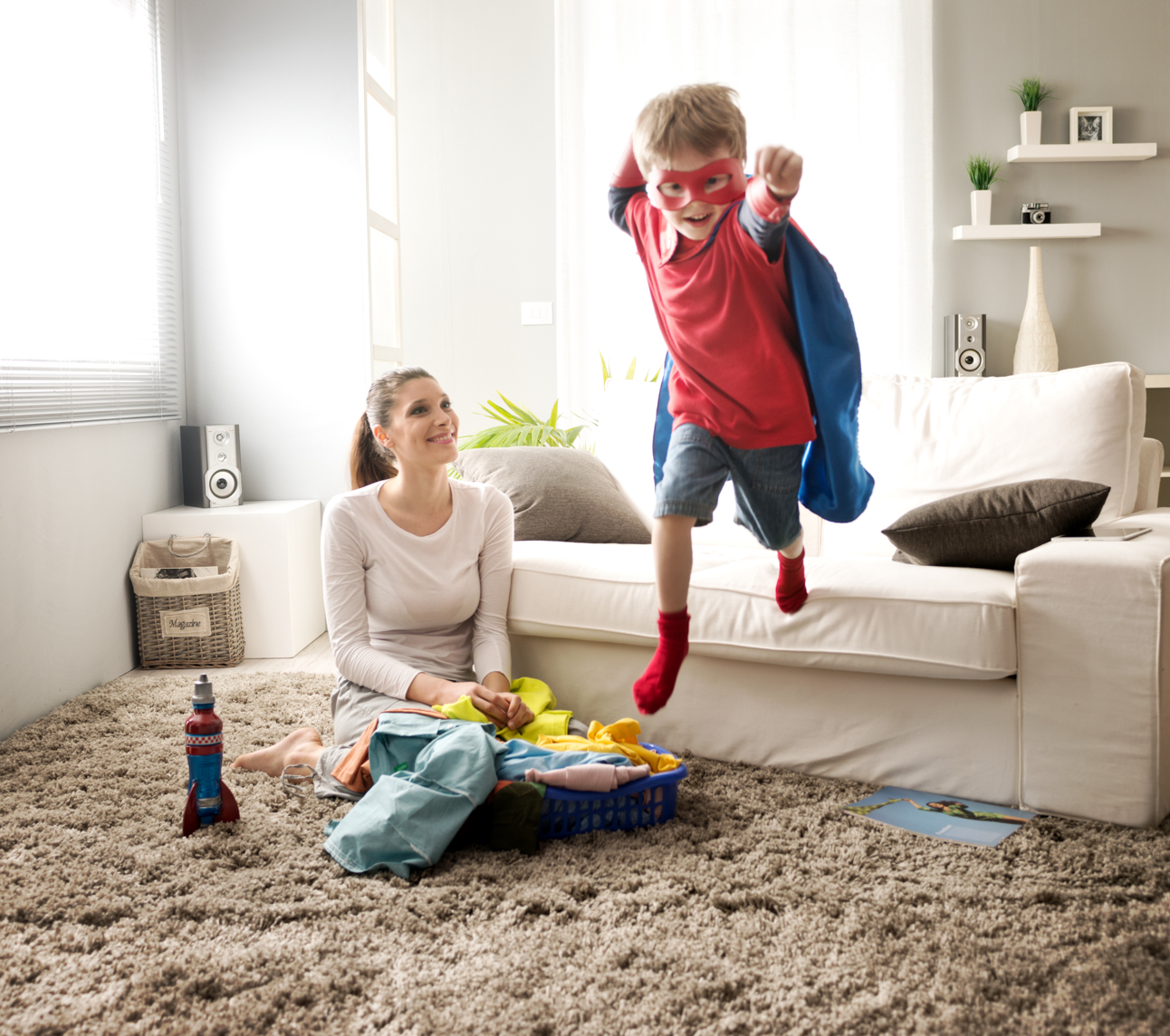You can structure your daily routines to elicit responses from your child and in the process, build vocabulary and learn the basic rules of interaction,…
“You don’t need special toys or activities to encourage your child’s language. You can have conversations at the grocery store about what you need to…
“And your voice can also help with word meanings – such as making your voice rise upwards as you say the word “up”.” Hanen
Any time an adult responds to a child’s message, either verbally or non-verbally, and the child responds back, an interaction has started. And it’s within…
“Gesturing with your hands and face (such as pointing, shrugging your shoulders, or frowning) helps young children understand the meaning of your words.” Hanen
“Young children benefit from hearing proper sentences (like “give it to Mommy” or “do you want a cookie?”), as opposed to sentences that have missing…
Pause and wait for your child to send you messages. “When it’s your turn to talk, talk about what interests your child. By following your…
Be sure not to change the play. Try to play the way your child enjoys playing. You can join in by: doing what your child…
After you OWL and your child sends you a message, follow their lead by: Responding immediately! This shows your child that you’ve heard her message…
“One of the best ways to let your child know that you want to talk to him is to be face-to-face. This means joining your…










